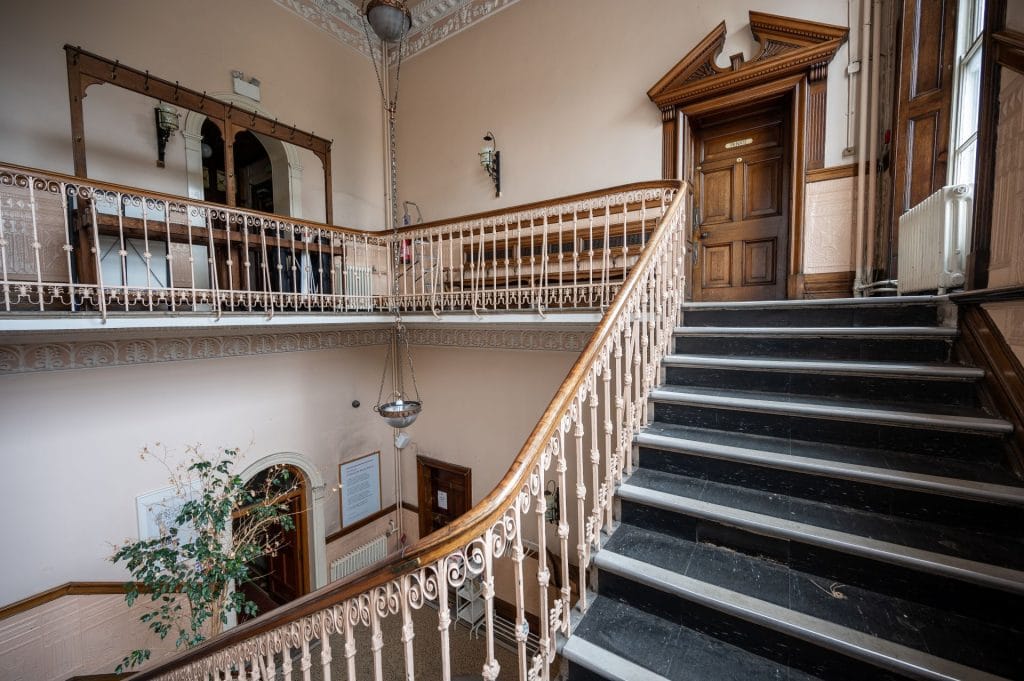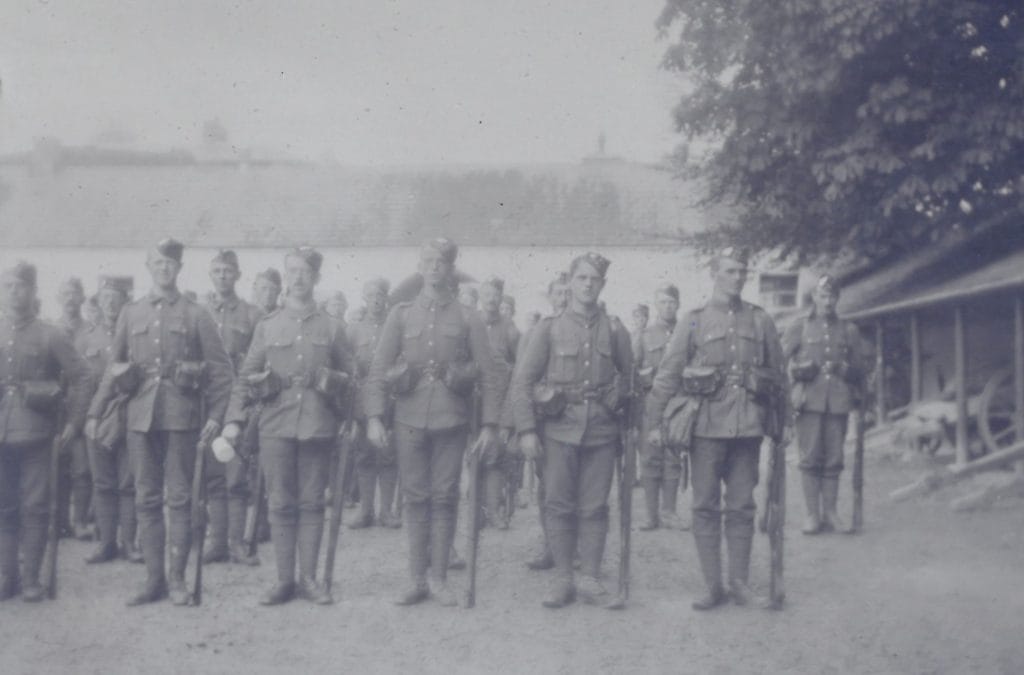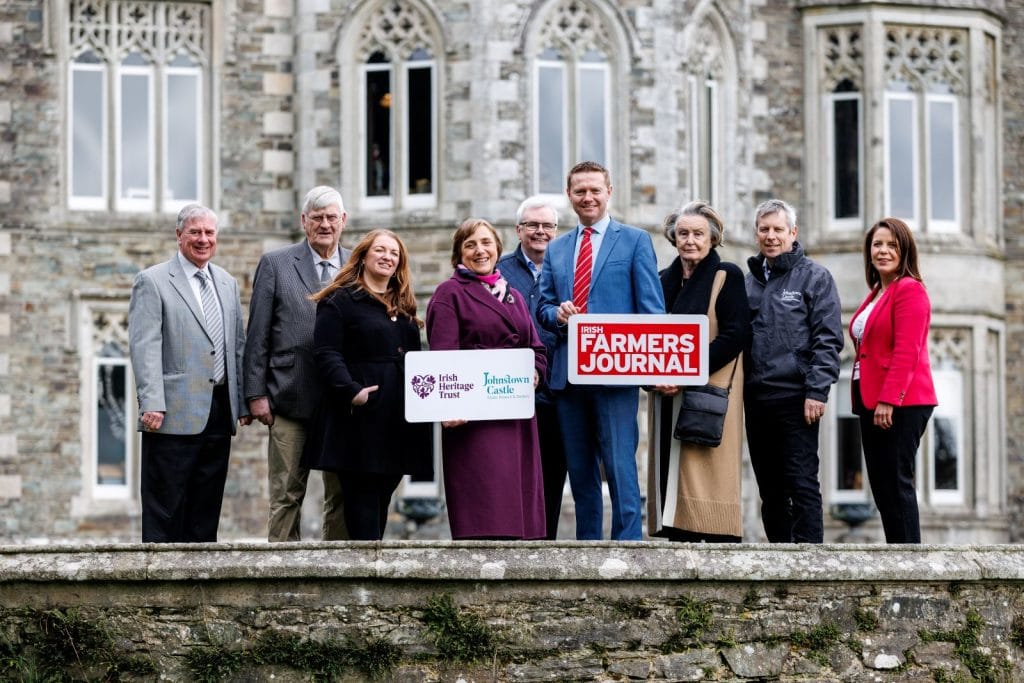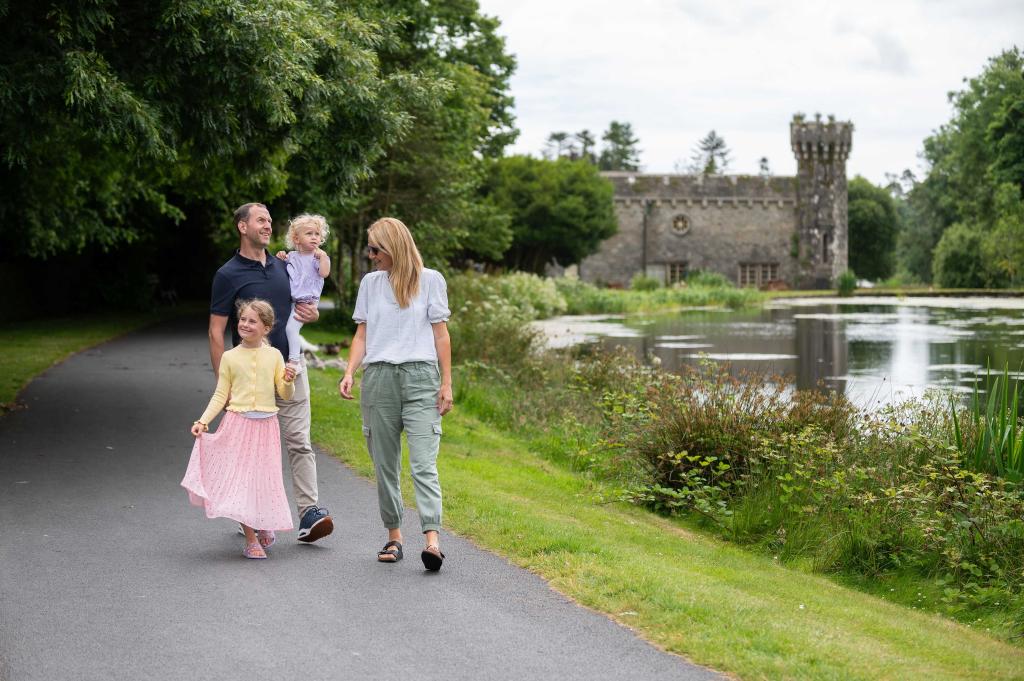4 March 2024
International Women’s Day (IWD) serves as a global tribute to the achievements and struggles of women throughout history. It’s a day of recognition, empowerment, and advocacy for gender equality, so it’s interesting to understand how it came into being.
And as women play an important part in the stories we tell about the the historic houses in our care, it’s also worth considering how women’s rights were reflected in some of their lives and times.
IWD 20th Century Beginnings
The roots of International Women’s Day can be traced back to the early 20th century, a time marked by rapid industrialisation, social upheaval, and the rise of feminist movements. In this era, women were increasingly vocal about their rights, demanding better working conditions, suffrage (the right to vote), and an end to discrimination.
One group that laid the groundwork for International Women’s Day in this part of the world was the Women’s Social and Political Union (WSPU) founded in the UK by Emmeline Pankhurst in 1903. In the United States, the Socialist Party of America organised the first National Woman’s Day in 1909, in honour of the 1908 garment workers’ strike in New York.
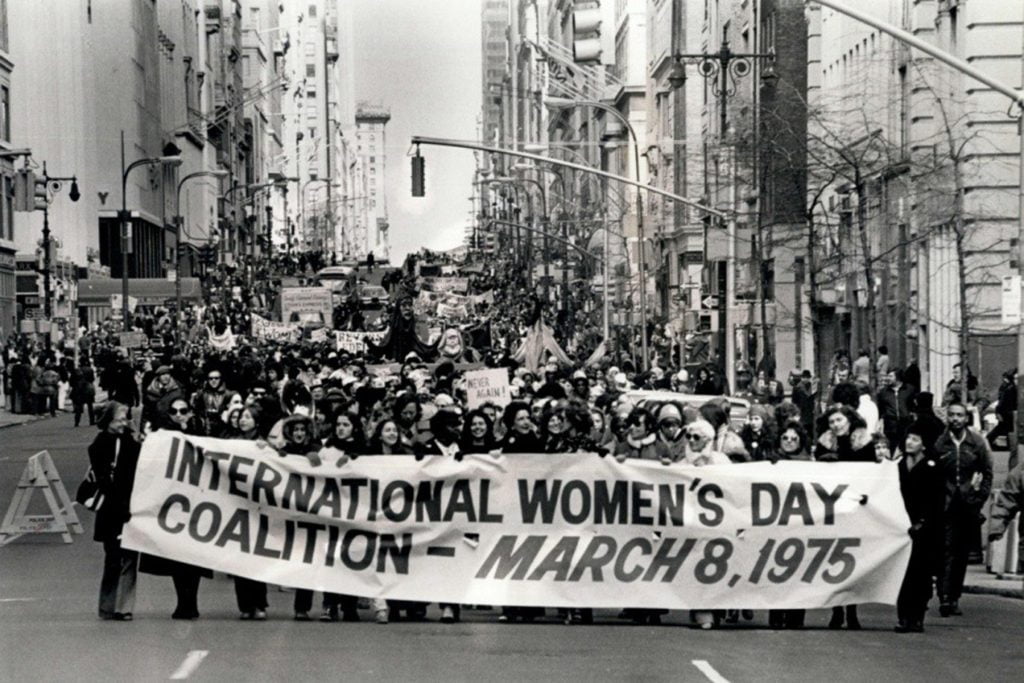
Emergence of International Women’s Day
The idea of an international day dedicated to women gained traction at the International Conference of Working Women held in Copenhagen in 1910. Clara Zetkin, a German socialist and feminist, proposed the establishment of an annual Women’s Day to advocate for women’s rights and suffrage globally. The first International Women’s Day was celebrated in 1911 in Austria, Denmark, Germany, and Switzerland.
During World War I, women across Europe used the day to protest against the war and advocate for peace. On March 8 1917, women textile workers in Russia initiated a strike which escalated into the Russian Revolution and eventually led to the overthrow of the Tsarist regime.
This date, March 8, was later adopted as International Women’s Day by the Soviet Union and subsequently by many other countries.
1975 – International Women’s Year
1975 was International Women’s Year and it was then the United Nations officially recognised March 8th as International Women’s Day. Since then, the day has become a focal point for promoting gender equality and women’s rights globally.
Today, International Women’s Day is celebrated in numerous countries around the world with events ranging from rallies and marches to conferences and cultural performances. It serves as a reminder of the progress made in advancing women’s rights while also highlighting the ongoing challenges and inequalities that exist.
While the day still reflects its political origins in some parts of the world, it is also centred on a global celebration of womanhood.
Irish Heritage Women: Dorothy Bell
1975 was also the year that Dorothy Bell, the last member of the Smith Barry family of Fota House in Cork, died. Born in 1894 and an only daughter, Dorothy lived at a time when inheritance did not pass though the female line. Following the death of her father in 1925 with no male heir, Fota House was inherited by her cousin. He later sold her childhood home back to Dorothy where she lived from 1936 to 1975.
An aristocrat, landowner, Red Cross nurse and farmer, Dorothy Bell also served with several charitable organisations, including the Irish Red Cross, Victoria Hospital, and the Irish Girl Guides. An avid hunter and horse jumper, she was a founder member of the Irish Theatre Ballet, a member of the Cork Orchestral Society and a member of the Friends of the National Collection of Ireland.
The last resident of Fota House, Dorothy lived through a period of remarkable change and was the last of a privileged line to call this great Irish house her home.
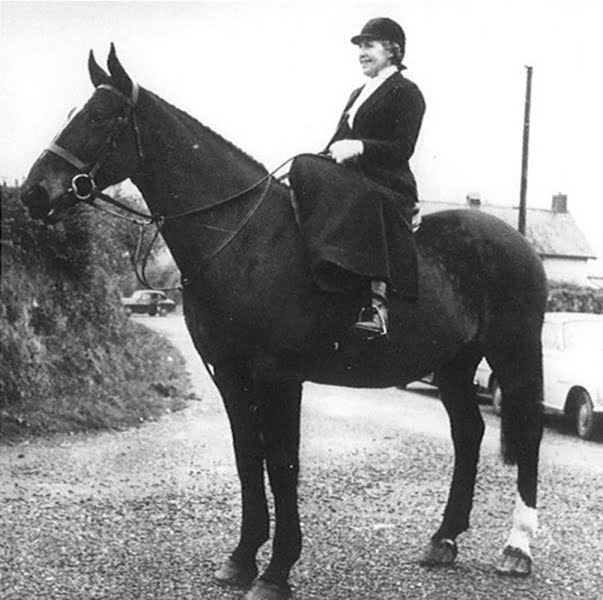
Olive Packenham Mahon
Also born in 1894 was the last resident of another Irish Heritage Trust property, Strokestown Park House in Roscommon. Sometimes referred to as the last Aristocrat, Olive Packenham Mahon was born into great wealth and privilege.
In 1914 she married Captain Edward Stafford-King-Harman of Rockingham Estate also in Roscommon. The union brought together two powerful estates in a strategic move to consolidate their fortunes, and a great love was born.
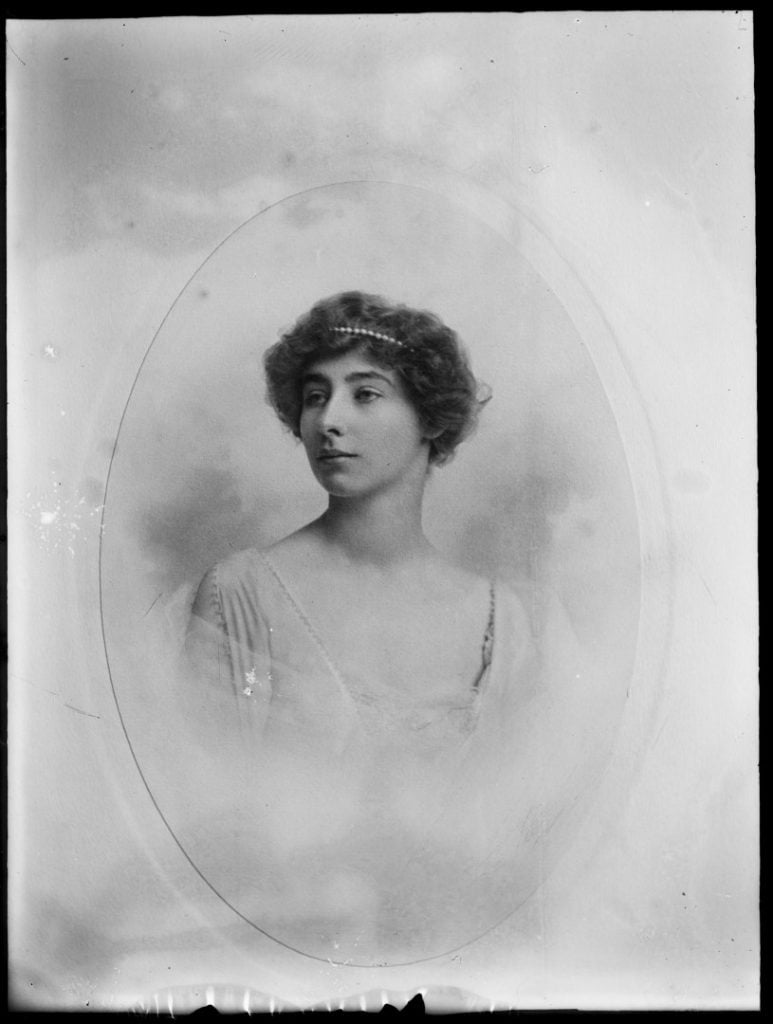
Their marriage was quickly followed by the outbreak of World War I. Edward, as captain in the Irish Guards, followed his regiment to the Western Front in September 1914. He died within a few short months of marriage leaving Olive pregnant and widowed.
The heartache of his departure to war is captured in Olive’s diaries from the period and reenacted after the locked diaries were opened in 2020.
As Edward was heir to the Rockingham Estate, had Olive given birth to a son, this right would have passed to him. But a daughter Lettice was born so she and her mother moved back to Strokestown Park House.
She stayed at Strokestown Park House and remarried but the Irish Revolution marked the beginning of a drastic change in the fortunes of her family and class. After the War of Independence Olived stayed in the new Irish Free State after many of her Anglo-Irish contemporaries had moved back to England.
The wealth and privilege were gone and Olive strugged to keep her great house eventually selling it to local businessman Jim Callery in 1979. Strokestown Park House continues to tell the story of the parallel lives that existed there and the changing fortunes of the Pakenham Mahons. Olive died in 1981 and her story is told in great detail in this series of Irish History podcasts.
Lady Adelaide FitzGerald
And finally to our last great house at Johnstown Castle Estate in Wexford.
Lady Adelaide FitzGerald (1860 – 1942) was the last permanent resident of Johnstown Castle. An active member of the Wexford community she led efforts to help the poor, those needing medical care and supported children’s welfare throughout her life. She came to live at Johnstown Castle following her marriage in 1880 to Lord Maurice FitzGerald.
Lady Maurice, as she became known after her husband’s death in 1901, was an important figure in the area and actively involved in organisations including the Wexford Board of Guardians, Wexford branch of National Society for the Prevention of Cruelty to Children, Women’s National Health Association and Wexford Horticultural Society and Beekeepers Association.
It was said that Lady Maurice had a reputation for treating those who worked at Johnstown Castle so well that service there was an envied position.
Jane Francesca Agnes Elgee Wilde
One of our volunteers at Johnstown Castle became fascinated with the story of another Wexford woman some years ago and become the driving force behind a new exhibition to honour her at the Castle.
The name Oscar Wilde is known throughout the world but that of his mother, Jane Francesca Agnes Elgee Wilde (1821 – 1986), less so. Jane was described as a poet and essayist, a loving mother and wife, a wit and a beauty, but she was also a major campaigner for women’s rights and equality among other causes during her lifetime. Find out more about her life and times at Johnstown Castle.

Why Irish Heritage Stories Matter
At the Irish Heritage Trust, we are committed to including stories from the past in the narratives we share from our special heritage places. These stories inform the world we live in today, often transcending borders and cultures. It helps keep the rich tapestry of Irish heritage alive and relevant for current and future generations and we hope you enjoy them.
We’re celebrating ‘HERitage’ this March 8th and wonderful women from the past – Happy International Women’s Day #IWD.

